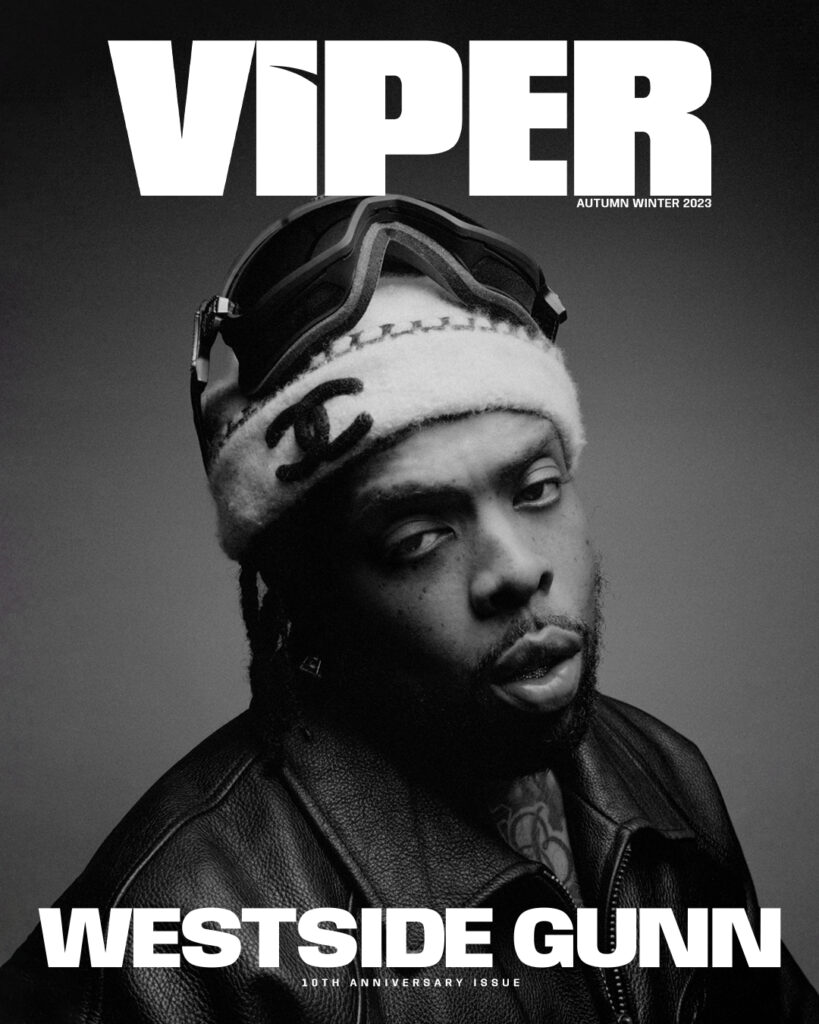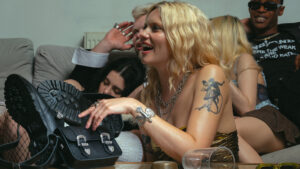Britain has long had a rich history of gang culture. Viper explores gang society in the UK…
When you hear the word ‘gangs’ it’s so called “Donkey fringes” – a heavy fringe worn with it was widely believed they got their name from possible the first things that come to mind are Bloods and Crips, Bad Boys- style shoot outs, sagging jeans and drive-by’s. The addictive coverage of American youth culture has permeated the consciousness of anyone that’s watched films, the news or listened to the radio since the nineties. But gangs were in Britain almost a hundred years before Stanley “Tookie” Williams and Raymond Lee Washington even met. Street gangs that defined themselves with uniform clothing and colours, who could be determinedly violent in protecting their reputations and homes. Welcome to gang history, UK style…
Victorian Britain was a dangerous place run by a recently-formed and hugely corrupt police force. With sky-high crime rates, body snatchers and the threat of one of the most infamous serial killers of all time, “Jack the Ripper,” British cities were a violent place to live. Add the huge wealth divide and the fact England was almost constantly at war, and it’s hardly surprising that one of the first recorded spates of youth gang culture occurred during this period. While today the media use fear-mongering to convince people that kids are threatening hoodies with knives in their pockets, in the 1870s young people didn’t need the media to turn their clothing into signifiers – they identified themselves with a sense of purpose.
One group which ran riot in the working- class areas of Manchester, and later in other cities, were known as “Scuttlers” and were recognised by their bell-bottom trousers, caps worn at an angle and short back and sides. Less condemning than today’s media, newspapers at the time reported the gang’s exotic names; The Bengal Tigers, The She Battery Mob, The Meadow Lads. They wrote stories charting gang fights that were five hundred strong, sometimes spurred on by so called “Scuttlerettes” – teenage girls who would flirt and encourage rival gang members. Although female membership in gang structure is less focused on today, British culture does have a tradition of girls who are seemingly attracted to male gang-members. In 2008, the “Honeytrap Killing” of Shakilus Townsend in South London reminded us of female involvement in gangs, as Townsend was lured to his death by his teenage girlfriend at the hands of her ex-boyfriend’s gang. She was later charged alongside the perpetrators with his murder.
Back to the 19th century, and the Scuttlers were becoming a huge problem. To counter their growth, the Home Secretary brought back flogging and Strangeways prison became the home for many gang members. In 1890, more young people were held there for Scuttler membership than any other offence. At the turn of the century the gangs were dying out, due to these punishments and the regeneration of the slums, plus newly-founded social projects such as The Salford Lads Club, which aimed to “Keep boys off the streets” and make them “good, God-fearing citizens.” But while Scuttlers were dying out, there were others keeping gang culture alive in the UK.
In Birmingham, “Peaky Blinders” were taking the spotlight. Their notoriety was such, that the razor blades they would sew into peaked caps. These were used in attacks that would leave their victims blind. In reality, “peaky” was a popular term for the caps they wore as they roamed their native Birmingham, but the legend did help the Peaky Blinders gain their infamy. Sharing a similar style with the Scuttlers, this subculture of Britain was known for the lascivious attention the media at the time paid to them. Remember, Britain is the nation that brought you the penny dreadful, which would later become one of the first iterations of comic books. The Blinders and Scuttlers were both noted for their sartorial style, large numbers and violent fights armed with belt buckles and home- made knives. The use of brightly coloured scarves to display their membership was a very early use of gang colours.
Although generally founded on violence, at the beginning of the 20th century there were some gangs that were politically minded, most notably “The Yiddishers.” In the 1930s, the Whitechapel- based street gang was a mobilising force behind an attack on Oswald Mosley’s Nazi-affiliated “British Union Of Fascists.” In an event that would later become known as the “Battle of Cable Street,” over a hundred thousand protesters objecting to Mosley’s fascist views, stopped a planned march of his notorious “Black Shirts” through a predominantly Jewish area of East London.
This is an extract from the Spring Issue of Viper Magazine. Read more from the magazine here. Buy physical and digital copies here.
Photo by Eddy Leonardo
Words by Rosie Knight




